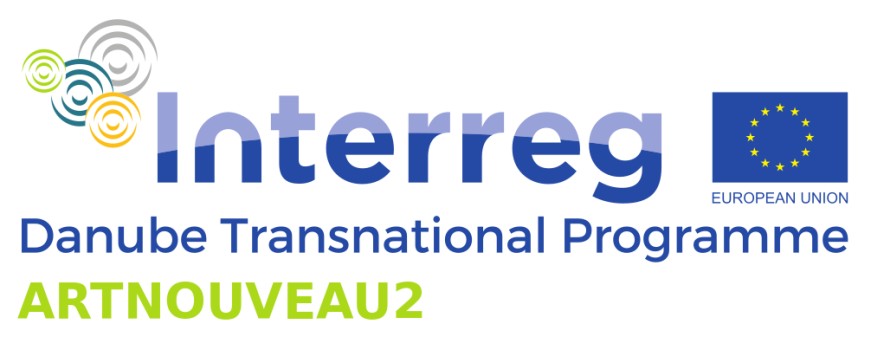Fauna, Japonism, and Art Nouveau: Excerpts from the Travelling Exhibition of the Museum of Applied Arts
“White butterfly
darting among pinks -
whose spirit?”
(Masaoka Shiki: White butterfly)[i]
The theme of this year’s World Art Nouveau Day, which was first held in 2013, is the depiction of animals and fauna. The selections from the Museum of Applied Arts in Budapest on this topic have been collected from objects decorated with animal figures in the travelling exhibition Japonism and Art Nouveau. This show, which set off for Japan in March of 2020, presents the influence Japanese art had on Euro-Atlantic ceramic and glass art. The second stop for this exhibition displaying nearly 250 objects is the Hagi Uragami Museum in Yamaguchi Prefecture, where the show opened on the 24th of April 2021. The curator of the exhibition is the art historian Gabriella Balla, and our thematic selection quotes excerpts from the text of the catalogue written by her.[ii]
The 57 objects from the travelling exhibition that have been virtually highlighted and published online for World Art Nouveau Day focus on the depiction of animals, one of the main topics in Japanese art, while also shedding light on the diverse and varied sources that inspired Art Nouveau. The influence of Japanese textiles richly decorated in a way that is practically too busy, woodblock prints and scroll paintings composed in a restrained manner that has a refreshing impact on European viewers, figural depictions that are both naturalistic and abstracted at the same time, shining lacquerware with a respectful golden glow, and the special East-Asian ceramic glazes can all be found in the works of applied art included in the selection.
Japonism
“The commercial links between Japan and Europe became increasingly lively starting from the middle of the 1860s. The general public was first able to get to know Japanese culture at the world fairs of London in 1862 and Paris in 1867. The Japanese objects of fine and applied art were essentially a revelation to the European audience that had become accustomed to the rules of the classical grand arts of painting, graphic arts, and sculpture. They openly welcomed the extraordinary range of material objects arriving from the countries of the Far East with unbridled interest.”
The Golden Age of Japonism
“In the wake of the extraordinary artistic objects that were streaming from Japan to Europe through trade, Japonism set off on its world conquest so to say, and found adherents even outside of Europe, particularly in the United States. The approach and manner of depiction harmonized with the Western reform movements. Japanese influence enriched every branch of art, with Japanese-style works being created in numerous areas of literature, painting, graphic arts, and applied arts.”
The Golden Age of Japonism: The Representation of Animals
“We can see the depiction of animals on numerous works of Western fine art. They appear in Biblical subjects, stirring hunts, and the display of kills that show the results of the hunt, as well as in market scenes, kitchen interiors, still lifes, and as a special motif in vanitas still lifes. At the same time, the animals only play supporting roles in these images. They cannot be seen as the main theme, or only very rarely, such as the noble pray to be felled.
The portrayal of animals in Japanese art is quite prominent. These artists depicted their nature precisely by carefully observing their character, habits, and movements, giving them individuality and often portraying them quite amusingly. The influence of this rather rich world appearing in prints and netsuke[iii] can be seen in painted and sculptural representations of animal figures.”
[i] Masaoka Shiki, “White butterfly,” in Cage of Fireflies: Modern Japanese Haiku, trans. and ed. Lucien Stryk (Athens: Swallow Press, 1993), https://terebess.hu/english/haiku/shiki.html (accessed: 28 April 2021).
[ii] Gabriella Balla, Japonism and Art Nouveau: Phases of Japonism in Western Decorative Art: Masterworks from the Collection of the Budapest Museum of Applied Arts, trans. Noriko Sato (Tokyo: Art Impression, 2020) [Exhibition catalogue manuscript]
[iii] A netsuke (Japanese, pronounced: netske) is a miniature sculpture used as a belt pendant or clothing ornament.
by Gabriella Balla
lead: Piroska Novák




















